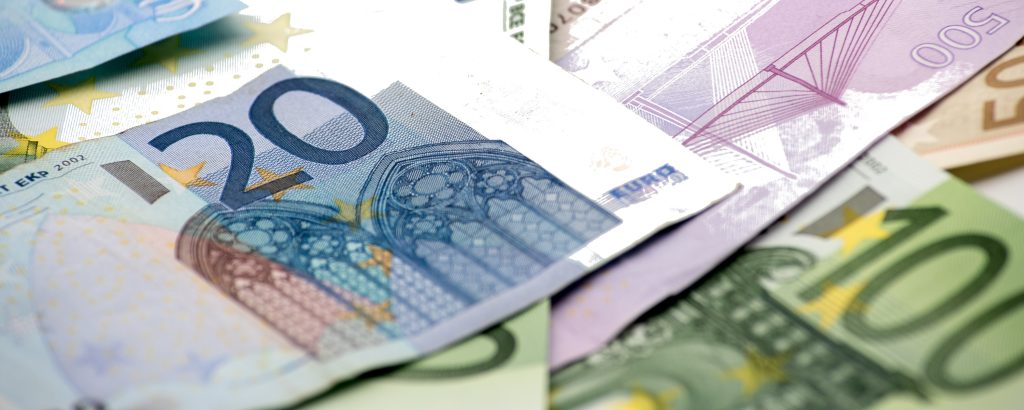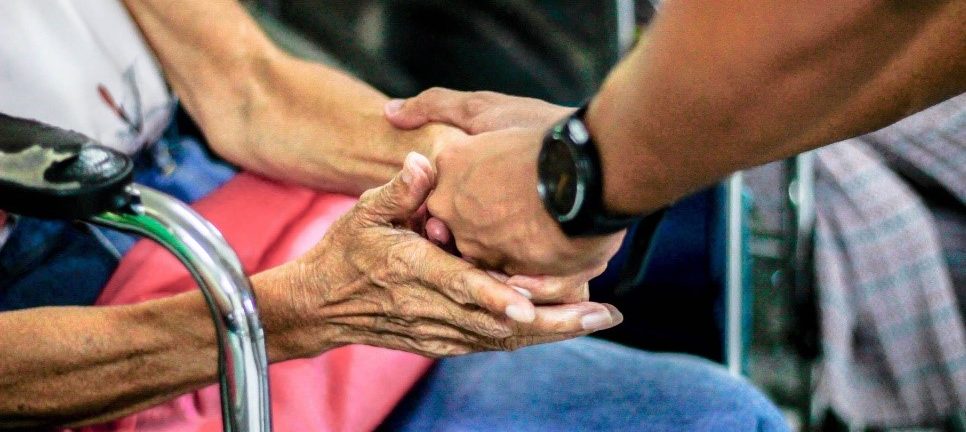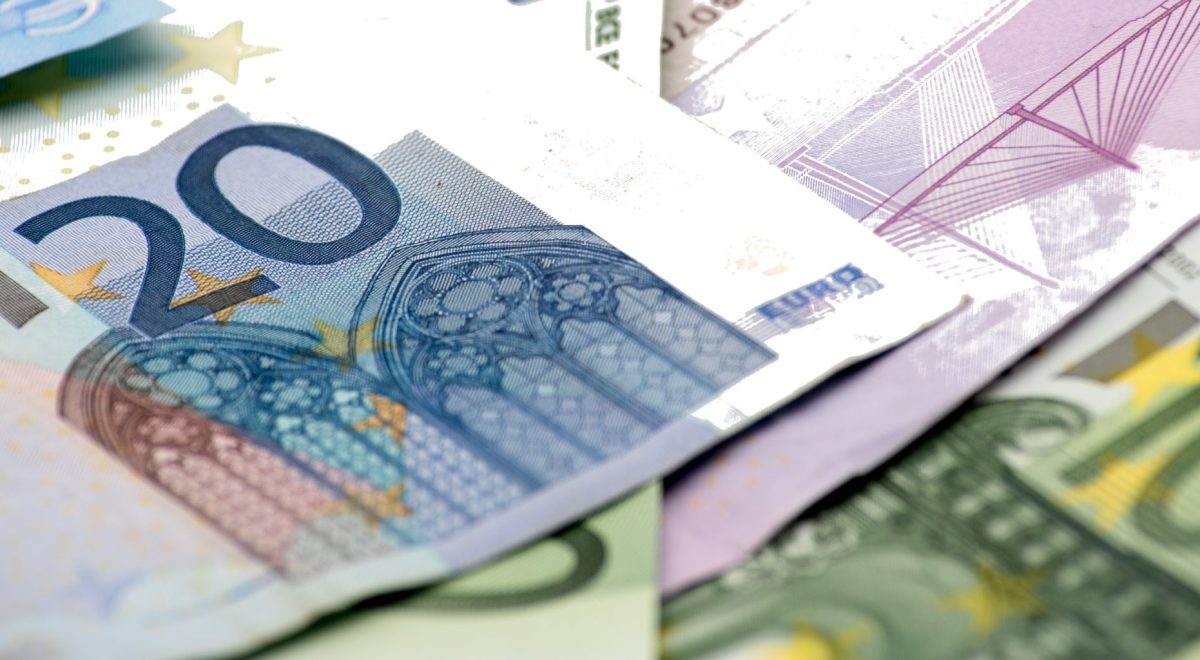
Money is not everything in employment,
suggested by the findings of behavioural economics
In her final thesis at Maastricht University, our former intern Katarína Barteková measured the level of altruism in medical and economics students using behavioural economics methods. The results of her work are also relevant in the context of the long-standing debate on the valuation of health professionals in Slovakia.
What is the main motivation for entering and staying in a job? Traditional economic theories and models predominantly focus on financial rewards, which are often cited as an employee's main and only motivation, regardless of the field in which he or she works.
However, behavioural economics shows that such perceptions are often limiting when trying to describe people's actual behaviour, as they do not take into account other factors affecting occupational choice or job performance. The effect of non-financial motivations is particularly evident in the health sector.
What does the world's science say about work motivation?
Several studies have already pointed out that salary increases alone not only did not improve the performance of a large proportion of health professionals, but on the contrary, it demotivated them and worsened the quality of health care provided (Galizzi et al., 2015; Siciliani et al., 2009; Heider & Mang, 2020). Meanwhile, the existence of other factors influencing the performance and satisfaction of health professionals, along with financial remuneration, have been cited as the main reasons for this.
One of the non-financial motivations is altruismwhich can be defined as the willingness to act unselfishly or selflessly for the good of others (Jacobsen et al., 2011). We know from psychological and behavioral-economic evidence that altruism plays a considerable role for many people in what job or occupation they choose (Besley & Ghatak, 2005; Galizzi et al., 2015; Serra et al., 2011).
Particularly for people with a strong tendency towards altruism, the opportunity to act for the benefit of others is an important factor in the choice of a health care profession as well as in the quality of health care provided (Tichem, 2014; Kacker et al., 2021).

Photo by Jem Sahagun on Unsplash
How to measure the seemingly immeasurable?
Although altruism is a complex phenomenon, there are several methods in behavioural economics by which it can be roughly measured. One such method is the so-called "altruism" method. dictatorial game (dictator game). In it, the participant receives a certain amount of money, which he or she can either keep in full or donate part or all of it to another person or organisation (Andreoni et al., 2010).
The basic assumption is that people with stronger altruistic tendencies will tend to donate a higher amount of money than people with weaker altruistic tendencies. Altruism measured in this way can be described as experimental or empirical, since it is measured by experiment and there is not much room for subjective estimation of how altruistic a person is.
Empirical (experimental) altruism was also the subject of a research study by a team of authors consisting of our colleague Martina Feher, Jana Péliová, Maroš Servátka, Stephanie Heger and Robert Slonin. In the study, the researchers looked at the factors influencing charitable giving to charities.
The study concluded that the ability to choose how many charities one helps increases both the frequency and the motivation to behave prosocially, but does not affect the size of the contribution. Similarly, the number of beneficiaries helped does not affect the frequency of contribution.
The results of the study will be used in the project Behavioural registry for NTS SRto improve blood donation. You can read the study at this link.

However, there are other methods of measuring altruism using standardised questionnaires where altruism is measured by respondents' self-reported behaviour. However, with these methods, there is a much higher likelihood of so-called."bias" (bias) and subjectivity.
One of these subjective methods is a questionnaire focusing on the frequency of altruistic acts in everyday life (e.g., giving up a seat on public transport to an elderly person) (Rushton et al., 1981). Another method is to measure altruism in a professional setting, where respondents are asked to estimate professional behaviours associated with altruism in different situations (Blackall and colleagues, 2007).
Similar questionnaires are a frequent part of medical school admissions in the USA in order to select the most professional and altruistic candidates.
Methodology
A comparison of altruism in these three ways was conducted on a sample of 116 medical and business students at Maasctricht University. In the past, economics students have most often been compared to medical students precisely because it is not a traditionally altruistic program of study like medicine, and therefore these students are assumed to be less altruistic than medical students and to keep more of the money for themselves (Galizzi et al., 2015).

Photo by Luis Melendez on Unsplash
Activism - a natural trait of medical students?
The results of the study showed that medical students in all three methods actually achieve higher levels of altruism as students of economics. For example, medical students were willing to donate almost 23€ to charity (out of the 40€ they were given) compared to 18.7€ that economic students were willing to donate.
They have also been more altruistic in the past and have valued altruism more in professional settings. These findings are not surprising as altruism is seen as an important part of medicine but not business (Kacker et al., 2021).
The strong association of altruism with medicine is also a motivator for many altruistically inclined individuals to choose a medical field of study (Besley & Ghatak, 2005; Galizzi et al., 2015; Serra et al., 2011).
Are women more altruistic than men?
Among the characteristics studied, it turned out that women were more altruistic than men (However, the results should be seen as illustrative due to the sample size and the higher number of women among the respondents, which is nevertheless understandable and acceptable in the context of a bachelor thesis).
Conversely, year of study did not appear to be related to altruism, suggesting that the university does not make students more or less altruistic, but rather different altruistic individuals choose courses of study that suit them.
How the student perceived themselves in relation to their field of study was also an important factor. Students medicine, who identify themselves strongly with his union and were significantly more altruistic According to the questionnaires, they also had higher values in experimental altruism. Overall, their altruism was more consistent than students who did not perceive a connection between their identity and their field of study.
Previous studies have also shown a link between how health professionals perceive their profession and how much they identify with altruism in it. These were the health professionals who perceived themselves to be the most altruistic and saw medicine as their mission, for whom an increase in financial evaluation did not have a significant impact on their performance, or even worsened it. Indeed, these health professionals took considerable pride in their reputation and strong altruistic identity, which was diminished by the disproportionately high increase in financial remuneration.
What does research tell us about motivation to work?
The research findings do not mean that health workers are not motivated by financial rewards. It still plays a significant role for all employees and is essential to motivate and attract quality employees.
On the contrary, Research points to the need for better remuneration and recognition of health workers, not only financially but also socially. The results for students suggest that health fields such as medicine attract more altruistic students for whom the opportunity to help others is an important part of their career.
LATEST POST

Money is not everything in employment

Sustainable healthcare starts with the citizen, not the patient

Why don't we seek help when we need it? And what does GBV stand for?


